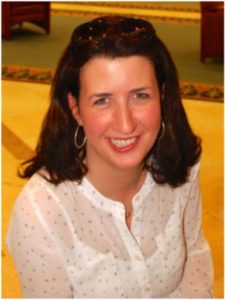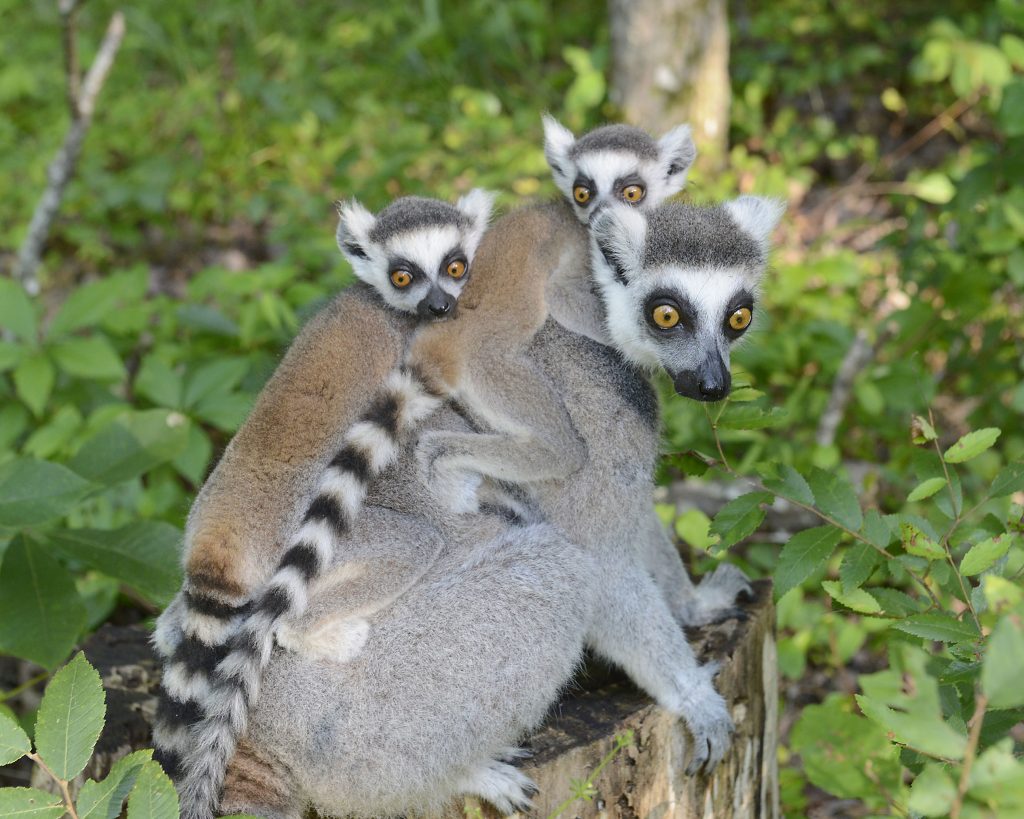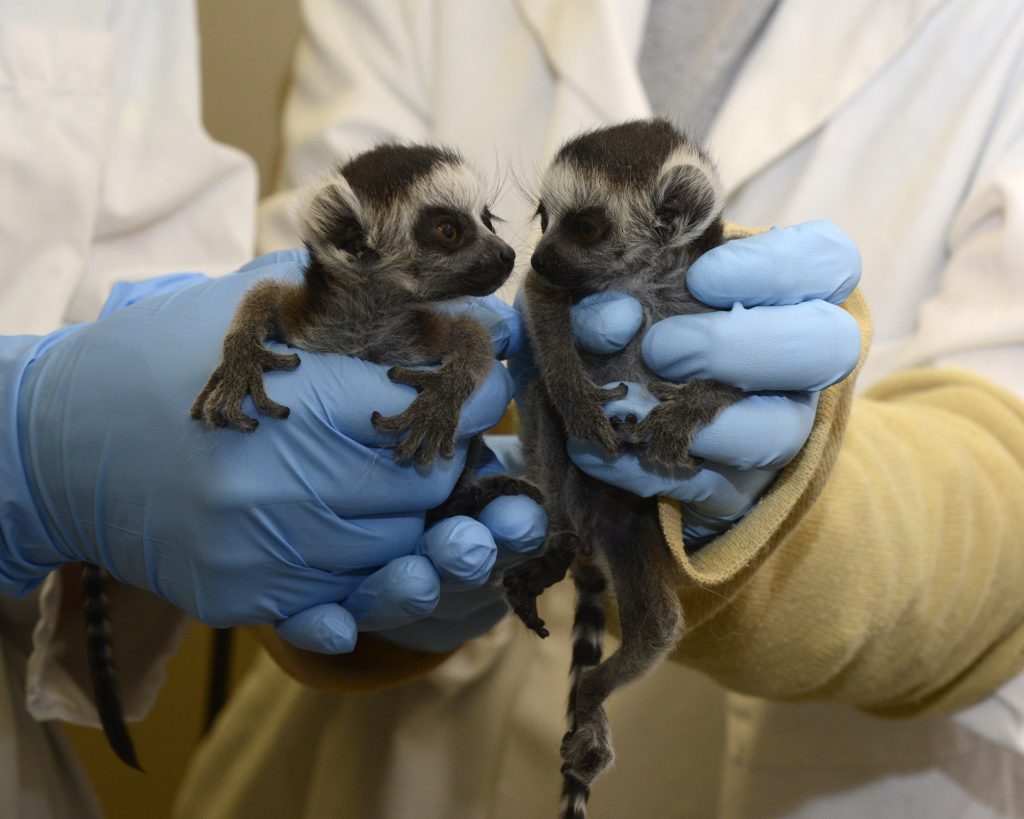This is what 20 years of evictions looks like. It’s an animated heat map of Durham, the streets overlaid with undulating blobs of red and orange and yellow, like a grease stain.

Duke students in the summer research program Data+ have created a time-lapse map of the more than 200,000 evictions filed in Durham County since 2000.
Dark red areas represent eviction hotspots. These neighborhoods are where families cook their favorite meals, where children do their homework, where people celebrate holidays. They’re also where many people live one crisis away from losing their neighbors, or becoming homeless themselves.
Duke junior Samantha Miezio points to a single census tract along NC 55 where, in the wake of an apartment building sale, more than 100 households received an eviction notice in that spot in one month alone. It “just speaks to the severity of the issue,” Miezio said.
Miezio was part of a team that spent 10 weeks this summer mapping and analyzing evictions data from the Durham County Sheriff’s Office, thanks to an effort by DataWorks NC to compile such data and make it more accessible.
The findings are stark.
Every hour in Durham, at least one renter is threatened with losing their home. About 1,000 eviction cases were filed a month against tenants between 2010 and 2017. That’s roughly one for every 280 residents in Durham, where evictions per capita is one of the highest in the state and double the national average.
The data tell us that while Durham’s evictions crisis has actually improved from where it was a few years ago, stubborn hotspots persist, said team member Ellis Ackerman, a math major at North Carolina State University.
When the students looked at the data month by month, a few things stood out. For one, winter evictions are common. While some countries such as France and Austria ban winter evictions to keep from pushing people onto the street in the cold, in Durham, “January is the worst month by far,” said team member Rodrigo Araujo, a junior majoring in computer science. “In the winter months utility bills are higher; they’re struggling to pay for that.”
The team also investigated the relationship between evictions and rents from 2012 to 2014 to see how much they move in tandem with each other. Their initial results using two years’ worth of rent data showed that when rents went up, evictions weren’t too far behind.
“Rents increased, and then two months later, evictions increased,” Miezio said.
But the impacts of rising rents weren’t felt evenly. Neighborhoods with more residents of color were significantly affected while renters in white neighborhoods were not. “This crisis is disproportionately affecting those who are already at a disadvantage from historical inequalities,” Miezio said.
A person can be evicted for a number of reasons, but most evictions happen because people get behind on their rent. The standard guideline is no more than 30% of your monthly income before taxes should go to housing and keeping the lights on.
But in Durham, where 47% of households rent rather than own a home, only half of renters meet that goal. As of 2019 an estimated 28,917 households are living in rentals they can’t afford.
The reason is incomes haven’t kept pace with rents, especially for low-wage workers such as waiters, cooks, or home health aides.
Durham’s median rents rose from $798 in 2010 to $925 in 2016. That’s out of reach for many area families. A minimum wage worker in Durham earning $7.25/hour would need to work a staggering 112 hours a week — the equivalent of nearly three full-time jobs — to afford a modest two-bedroom unit in 2019 at fair market rent, according to a report by the National Low Income Housing Coalition.
Spending a sizable chunk of your income on housing means having less left over for food, child care, transportation, savings, and other basic necessities. One unexpected expense or emergency — maybe the kid gets sick or the car needs repairs, or there’s a cut back on hours at work — can mean tenants have a harder time making the rent.
“Evictions are traumatic life experiences for the tenants,” and can have ripple effects for years, Miezio said.
Tenants may have only a few days to pay what’s due or find a new place and move out. The Sheriff may come with movers and pile a person’s belonging on the curb, or move them to a storage facility at the tenant’s expense.
A forced move can also mean children must change schools in the middle of the school year.
Benefits may go to the wrong address. Families are uprooted from their social support networks of friends and neighbors.
Not every case filed ends with the tenant actually getting forced out, “but those filings can still potentially inhibit their ability to find future housing,” Miezio said. Not to mention the cost and hassle of appearing in court and paying fines and court fees.
Multiple groups are working to help Durham residents avoid eviction and stay in their homes. In a partnership between Duke Law and Legal Aid of North Carolina, the Civil Justice Clinic’s 2-year-old Eviction Diversion Program provides free legal assistance to people who are facing eviction.
“The majority of people who have an eviction filed against them don’t have access to an attorney,” Miezio said.
In a cost-benefit analysis, the team’s models suggest that “with a pretty small increase in funding to reduce evictions, on the order of $100,000 to $150,000, Durham could be saving millions of dollars” in the form of reduced shelter costs, hospital costs, plus savings on mental health services other social services, Ackerman said.
Moving forward, they’re launching a website in order to share their findings. “I’ve learned HTML and CSS this summer,” said Miezio, who is pursuing an individualized degree program in urban studies. “That’s one of the things I love about Data+. I’m getting paid to learn.”
Miezio plans to continue the project this fall through an independent study course focused on policy solutions to evictions, such as universal right to counsel.
“Housing access and stability are important to Durham,” said Duke’s vice president for Durham affairs Stelfanie Williams. “Applied research projects such as this, reflecting a partnership between the university and community, are opportunities for students to ‘learn by doing’ and to collaborate with community leaders on problem-solving.”
Data+ 2019 is sponsored by Bass Connections, the Rhodes Information Initiative at Duke, the Social Science Research Institute, the Duke Energy Initiative, and the departments of Mathematics and Statistical Science.
Other Duke sponsors include DTECH, Science, Law, and Policy Lab, Duke Health, Duke University Libraries, Sanford School of Public Policy, Nicholas School of the Environment, Duke Global Health Institute, Development and Alumni Affairs, the Duke River Center, Representing Migrations Humanities Lab, Energy Initiative, Franklin Humanities Institute, Duke Forge, the K-Lab, Duke Clinical Research, Office for Information Technology and the Office of the Provost, as well as the departments of Electrical & Computer Engineering, Computer Science, Biomedical Engineering, Biostatistics & Bioinformatics and Biology.
Government funding comes from the National Science Foundation. Outside funding comes from Exxon Mobil, the International Institute for Sustainable Development (IISD), Global Financial Markets Center, and Tether Energy.


















